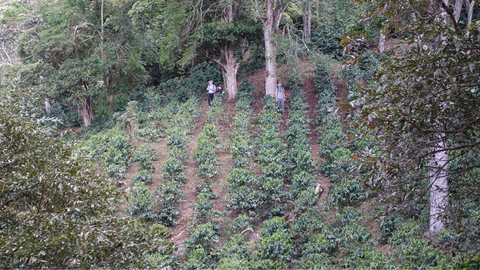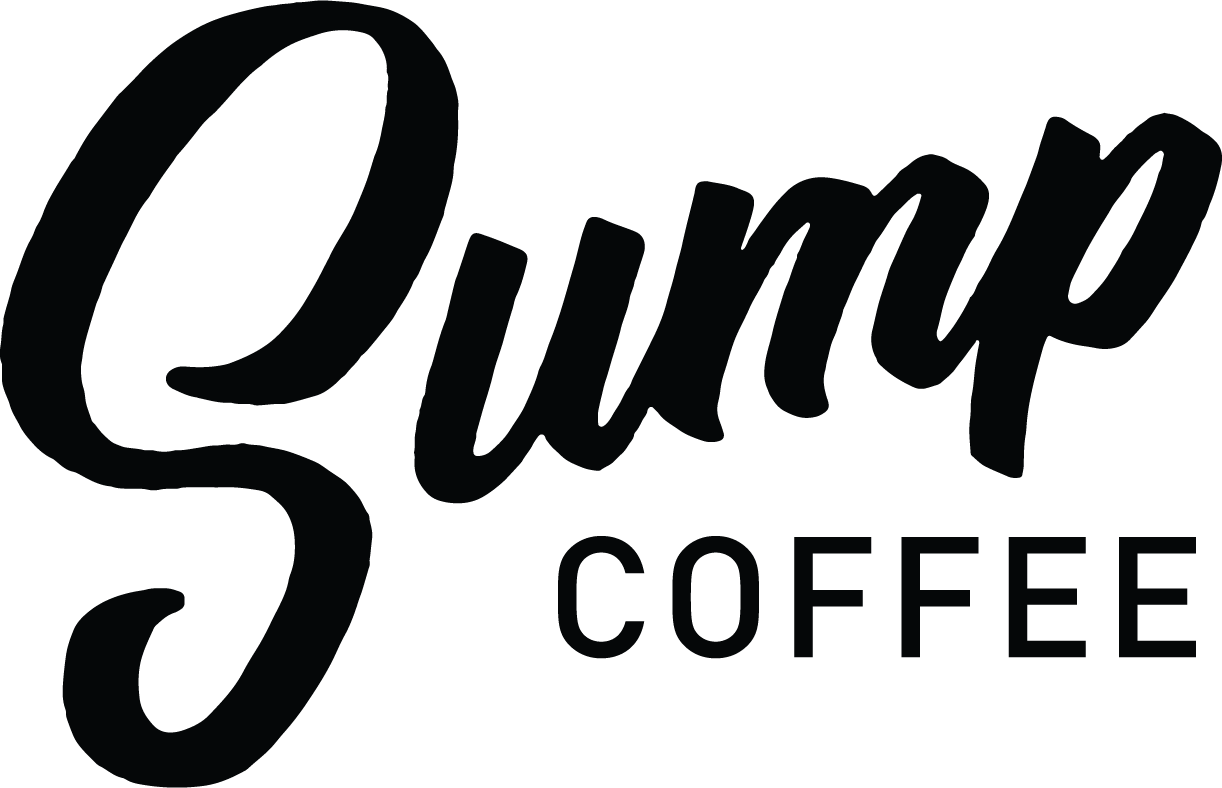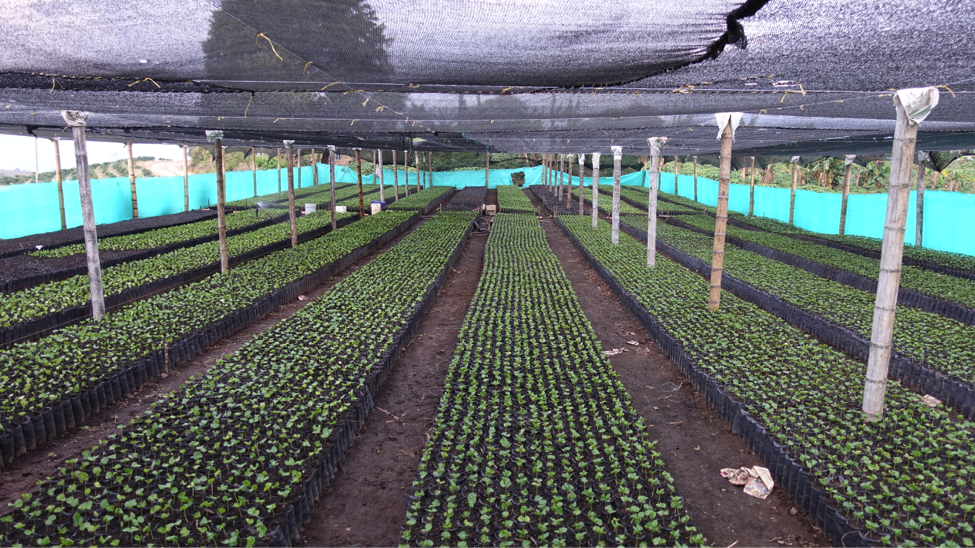Cheers and shouts (some taunts too) of ‘higher’ (in Spanish) from the assembled crowd accompanied each lot up for auction. The atmosphere was electric. The top lot went to one of the buyer's from South Korea, Coffee Libre. Pil, from Coffee Libre, had won the top lot from last year's auction. His bidding technique included several poker 101 strategies -including wearing sunglasses to avoid any tells. The pricing on the top lot closed just beyond $22 a pound. Since I knew he paid over $30 a pound the year before I wasn't going to provide any really challenge to his run at the top lot. My paddle stayed locked in my lap.
As an aside, I cupped coffees with him over the preceding week and he is likely the best (or maybe just most outspoken) cupper/taster I've ever shared a table with. For instance, one day the group was scoring a table of coffees much lower than the day before -lower than they were expected to score. I, like perhaps others, assumed it was just the next tranche down in terms quality -those at the tail of the top 31. He instead questioned whether the water was different than the day prior. As it turns out, the filtration system used the day before was not able to produce enough water for that day's cupping and substitute water was used. The difference in water was why the scores were lower.
And not to put too much praise on Pil, but his Coffee Libre branding is on point -inspired by the film Nacho Libre. He also owns a farm in Nicaragua and as far as I am aware, he is the only buyer that ships his green coffees in refrigerated shipping containers -at a cost of 8 times normal, non-refrigerated shipping containers. The dude has my respect.
Now back to the action at the auction. Watching Pil work during the auction was both extremely frustrating and a thing of beauty. For lots he wanted he let the other bidders place their bids, with the top two bidders’ identity becoming clearly established -observing their price ceiling, then he struck with a dogged, unyielding waves of raises of his auction paddle. If he wanted a lot, he got it.
As an aside, I found the pricing on the auction lots becoming quickly misaligned with the underlying lot score and cup quality. They were most excellent cups, but a number of the coffees far exceeded what a similar quality coffee would cost. Several buyers understood that, but felt that the price premium they paid was for the marketing opportunity to brand the coffee as one of 15 exclusive lots from the Best of Cauca.
Enough with the practical polemics, well at least for a moment. Beyond the slightly surreal carnival atmosphere the other highlight for me was how emotional and significant the event was for 15 farmers that grew the top lots. They were held up in the highest esteem in front of their peers in the community. Many of the per pound dollar amounts generated by the auction were quite significantly above commodity and specialty coffee prices. I was informed that for a farmer to break even he or she has to receive $0.84 per pound. This is just the break even number. No one, no matter what business they are in want to merely break even.
As of the first week of January 2017 the commodity price per pound for coffee was $1.49. This is for commodity grade coffee and not specialty grade coffee. For a coffee to reach specialty grade it has to score 80 points for higher. All the auction lots at the event were prescreened and had scored 80 points or higher. Specialty coffee is typically priced at a rate independent from the commodity price and once a sales contract is signed by the end buyer the commodity market price is added to the specialty price. Thus, if the specialty price, based on cup score or some other predetermined negotiated relationship criteria, is $3/lbs and a sales contract was completed the first week of January 2017 that pricing for that coffee would be $4.50/lbs, exclusive of shipping. For a farmer with a farm of only a few acres to receive upwards of $22/lbs it is a little bit like winning a small lottery. The delta between non-auction and auction price can provide an incredible capital infusion for equipment and crop upgrades. The winning growers also become a little like local celebrities in the community, because farmers from the surrounding area want to know their secret so they too can produce exceptional crops and receive exceptional pricing.
Coffee growing, harvesting and processing is rough, labor-intensive work. To see these rugged men and women (who on these small farms do most every aspect of the farming) become emotional (some even crying) after placing in this group of 15 underscores how much each and everyone of them care tremendously and deeply about what they do and the coffees they produce.
Returning again to the end. I did not win one of the top 15 lots. It all became very rich, very quickly for me. However, it was interesting to witness the bidders' buying strategies. After traveling a couple of days with each other some bidders decided to join forces and split winning lots to defer costs. Others became gracious and after having won a lot would stop bidding to let someone who had not yet won a lot make a run at it. And still others kept it strictly business, if they wanted it and the dollars made sense they went after it no matter what friendships or relationships they had developed over the course of the week. We did not leave empty handed though. We booked into several pallets of a regional select lot. Regional select lots are coffees that score between 86 and 87 points -and because of the size of the lots, very few bags, and/or the recorded score of the lot are combined to create a larger container size lot of 200 to 300 69 kg bags. The lot we secured stood out clearly from the other lots and had hints of floral notes with a deep sweetness. This is also the coffee that we partnered with Perennial Artisan Ales to produce this year's non-variant version of the Sump coffee stout. We hope you enjoy this coffee both in and out of the stout, as well as, either in the shop or at home. It’s a bit of a sleeper relative to the Burundi Gatare and Kenya Nyeri in our current line up, both of which I find so hard to not drink for every moment –it comes on like an old friend or movie you forgot how much you like to spend time with, slowly and softly.
I leave you with a few photos from Popayan and it’s surrounds. The shrubby stuff that look like neatly spaced bushes are coffee trees. The seedlings are in fact coffee seedlings. Every origin trip has to have coffee cherry photos, thus a grouping of ripe and unripe coffee cherries. The kids asked me to take their photograph and I think it turned out well so I include it here. Lastly, the bus used to pack us around. I think it’s called a Puma or a Chupacabra or neither, I only remember that it was where all the aguardiente was to be found.







